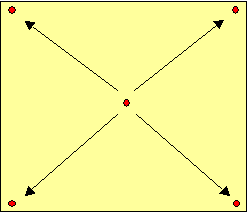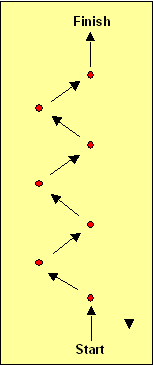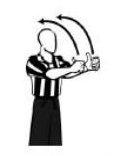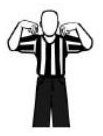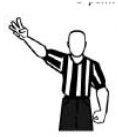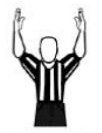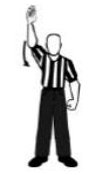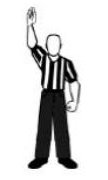HELLO EVERYBODY!
Today we are going to talk about a fast break system to play....
The information about this "way of play" is from entrenadorinvisible.blogspot.com.es, a blog where you can find exercises, videos, thoughts, and more interesting things about basketball world.
RUN&PLAY it's a game philoshopy based on decision-making and created to punish defense's mismatch, so attacking players can find the spatial-temporal advantages that the game offers.
It is an open system, with many options, where players are the game leaders. They decide almost 100% of plays and movements, there isn't nothing stablished. The order is manteined by offense rules that ensure the system keeps working.
Be always one step forward the defense it's a necessary condition, so the main goal is to attack before the defense takes its places on the court. If they achieve that, any action will make an imbalance.
Doesn't matter if the attack comes from steal the ball, get a defensive rebound or get a basket. In less than 6" they have to attack 1x1, get the ball inside the post, or reverse the ball wit pass or penetration.
This philoshopy it is base on Run&Gun, a way to play of many college leagues (NCAA) and used by some NBA teams.
It is easy to understand and put on the game, so this allows that on learning levels coaches can spend more time on individual technical improvements. It is very important that players have totally freedom to make choices. The teammates have to respect that and go on the same way.
But... Run&Play is not only an offensive philosophy. Defense it is based on a constant pressure wich target is than the opposing team can follow that rhythm, making bad choices and defensive balance. This way to play requires 3-4 minutes rotations to keep good physical level along all the match. However, nothing of this will work if doesn't exist team spirit and it is changed "me" for "we".
We have to change that coach gets a prominent role, and let the players be the real leaders of the game.
Here is a video with some cuts of a documental "Guru of Go". This talk about the history of Paul Westhead, a coach famous for a fast break system of play, called "The system", like Run&Play. If you want to see the full documentary here is the link: ESPN 30 for 30: Guru of Go
This philoshopy it is base on Run&Gun, a way to play of many college leagues (NCAA) and used by some NBA teams.
It is easy to understand and put on the game, so this allows that on learning levels coaches can spend more time on individual technical improvements. It is very important that players have totally freedom to make choices. The teammates have to respect that and go on the same way.
But... Run&Play is not only an offensive philosophy. Defense it is based on a constant pressure wich target is than the opposing team can follow that rhythm, making bad choices and defensive balance. This way to play requires 3-4 minutes rotations to keep good physical level along all the match. However, nothing of this will work if doesn't exist team spirit and it is changed "me" for "we".
We have to change that coach gets a prominent role, and let the players be the real leaders of the game.
Here is a video with some cuts of a documental "Guru of Go". This talk about the history of Paul Westhead, a coach famous for a fast break system of play, called "The system", like Run&Play. If you want to see the full documentary here is the link: ESPN 30 for 30: Guru of Go
If you want to know and read more about this philoshopy (in Spanish) click on this link : Run&Play
THANKS FOR READING AND LEAVE YOUR COMMENTS!
References
Run & Play. Filosofía de juego. Recuperado el 14 de mayo de 2015 del sitio web entrenador invisible: http://entrenadorinvisible.blogspot.com.es/search/label/Run%20And%20Play

